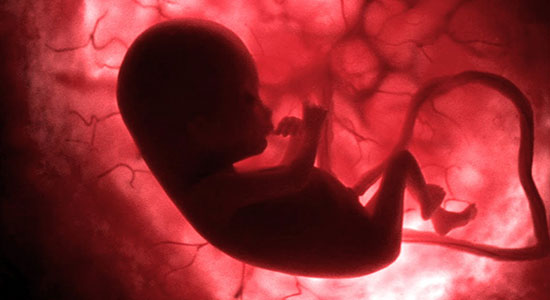There are several uterine factors that can impact fertility by interfering With implantation or increasing the likelihood of a miscarriage. Following are the common known uterine factors.
Shape :
Uterine abnormalsties present from birth, such as an abnormally shaped uterus, and Size of the uterus can cause problems becoming or remaining pregnant
Septate Uterus :
This IS the most common congenital uterine abnormality and is most commonly assomated With adverse pregnancy outcomes, especially miscarriage. In a septate uterus, the uterus is divided into two sections by a band of muscle or tissue. This tissue is the remainder of the joined Mullerian tubes, which the body did not break down and absorb as it should have.
Bicornuabe Uterus :
ln this condition, the uterus has two partially or completely ioined cavities, instead of one large cavity. This abnormality is caused by incomplete fusion of the Mullerian tubes.
Didelphic uterus (double uterus) :
The Mullerian tubes fail to loin, resulting in two separate uterine cavities and two cervices. Each uterine cavity may be smaller than normal.
Unicornuate uterus:
One Mullerian duct fails to form. resulting in absence of half of the uterus- Some congenital uterine abnormalities can be corrected with surgery. Some women with uterine abnormalities have normal, full-term pregnancies. The surgery is recommended for a woman who has a congenital uterine abnormality and a history of miscarriage or premature birth. Many studies suggest that more than 80 percent of women with septate uterus have successful pregnancies (lVF or natural) after surgical removal of the septum. Surgery for this abnormality generally can be done during hysteroscopy. Surgery to correct bicornuate uterus and other congenital uterine abnormalities involves more extensive surgery.
Benign Polyps or Tumors :
Benign polyps or tumors lfibroids or myomasl are common in the uterus, and some types can impair fertility by blocking the fallopian tubes or by disrupting implantation.
Intrauterine adhesions :
Scar tissue within the uterine cavity, also called Asherman’s Syndrome. This can interfere with conception. or can increase the risk of a miscarriage or no pregnancy.
Thin endometrial lining and Endometrial Receptivity :
The limiting factor in achieving pregnancy for most couples is implantation- attachment of the embryo to the uterus. The implantation step is still poorly understood. Various findings regarding the endometrial evaluation have been observed in our day to day practice i.e. estrogen receptivity failure, hyperechoic endometrium, endometrial hyperplasia that may result in implantation failure. The recurrent collection of fluid can also result in implantation failure or uterine cramps. Some studies suggest the role of the human HOXA10 gene in this process. This gene is one of the few linow to be necessary for implantation to occur.
Endometriosis :
Endometriosis is a disease associated with the presence of implants of endometrium out side the uterine cavity. The disease affects 10% of reproductive-age women and is associated with pelvic pain and infertility, including lowered embryo implantation rates. In advanced endometriosis, extensive pelvic adhesions cause mechanical impedance, resulting in infertility. However, the low implantation rates seen in endometriosis occur independently of disease stage. including patients undergoing treatment for infertility with IVF. It is likely that multiple mechanisms in addition to mechanical obstruction may result in infertility associated with the disease.
The above mentioned aurgial interventions and medial management sometimes does not achieve a successful pregnancy outcome or live birth, ART procedures such as IUI or IVF with high risk pregnancy management protocols may yield better outcome. When the uterus is severely damaged, incapable of carrying a pregnancy, surrogation can be offered lunch a case.
A healthy uterus is an important component of a good reproductive system so it is very important to nurture and take care of the uterine factors to achieve a IVF successful pregnancy.


